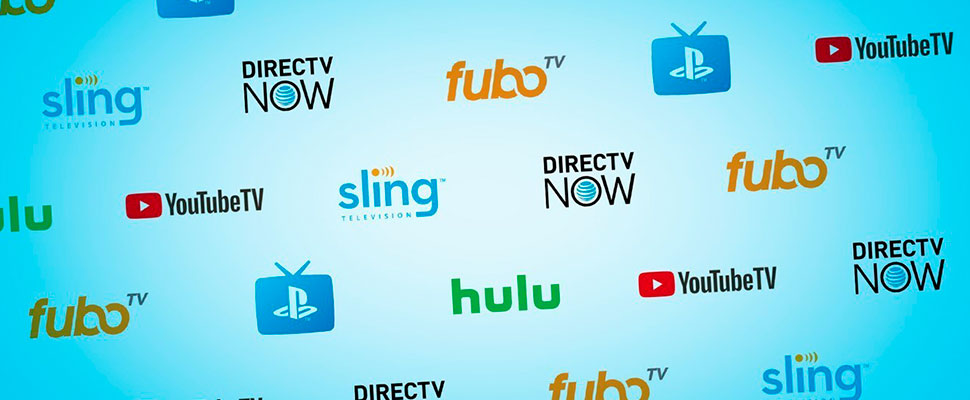Why the Latin American market is the new frontier for streaming services
After a long period of lagging growth, many of the world's top streaming providers finally feel confident enough to set up permanent shop in Latin America

Due to relatively poor digital infrastructure and double-digit GDP growth from markets further afield such as South East Asia and India, streaming giants such as Netflix and Spotify have been reluctant to make major inroads IGNORE INTO Latin American markets.
This seems set to change now, as the TV and movie giant Netflix has recently begun its most ambitious push yet to court markets in Mexico, Brazil and Argentina, with other services keeping a close eye on developments.
A lot of this recent action is in response to the increased purchasing power of Latin American consumers, and a surge in interest in streaming services as a result. Muvi reports that video streaming revenues in Latin America are predicted to double in the next three years, from $425 million today to a whopping $859 million in 2021.
Digital infrastructure and access to streaming are also improving for populations of all the major Latin American economies. The International Broadcasting Convention reports that "digital penetration" and household access to fibre optic broadband across Latin America, even in hard-hit countries such as Venezuela, has continued to skyrocket over the last five years.
What this means is that streaming giants are staring at a consumer gold mine, as millions of potential customers become newly acquainted with the world of online streaming. Let's take a further look at the opportunity this presents, and what this might mean for the Latin American consumer in the future.
Streaming in Latin America: A Brief History
Interestingly, streaming businesses and investors have long dreamed of making big strides in the Latin American market. Despite a lower GDP per person and less advanced digital infrastructure than the US, smartphone usage has typically been higher than more advanced economies for several years now.
Across Latin America on average, smartphone usage has outpaced desktop computer usage by a country mile for the past decade, whereas, in the US, desktop usage still remains the most popular form of internet access and streaming. US and European developers saw the potential of this a long time ago, but early attempts to make inroads generally ended in disappointment, such as the brief (although half-hearted) attempts by Amazon Prime Video to produce regional content across Mexico, Brazil, and Argentina.
This has all changed recently, however, and services are again feeling optimistic about the future. The global music streaming service Spotify recently notched a seriously impressive 8 million new members across Latin America after a concerted push to break the various domestic markets, and the Amazon subsidiary Twitch has launched to great fanfare across Latin America as well.
Netflix is also enjoying huge success recently, but that may largely be down to a current lack of competition, with Netflix enjoying free reign across all the major markets. This all begs the question of which other areas of streaming could make a killing in the region.
In Western economies, new forms of streaming have taken off and performed very well, and live streaming casino sites such as Betway have proved to be one of the biggest streaming success stories of recent times. It will be interesting to see if such success can be replicated in Latin American economies and whether it is all solely down to income and technology access.
The Future: US Domination or Home-Grown Talent?
It is hard to dispute that the future for streaming in Latin America seems pretty rosy. What it is harder to figure out is whether those immense profits will be hoovered up by the big American tech giants, or whether local businesses will capture their fair share of the market.
There are already some large-scale Latin American streaming companies that have the potential to rise to the top in the coming gold rush, but whether or not they will be able to compete with better-funded American companies with vast treasure troves of content and marketing budgets remains to be seen.
The most promising regional companies at the moment are Televisa's TV streaming service Blim, which first launched in Mexico in 2016, and has now rolled out broadcasting to 17 countries including Colombia, Argentina, Ecuador and Peru, and Cablevision, Argentina's largest pay-TV channel.
The distinct advantage they currently enjoy over US-based services is that they produce and broadcast Latin American content rather than just American TV shows. Netflix only has one or two Latin TV shows currently available to view from these countries, so they really would need to up their game and produce content suitable for the markets they aim to capitalise on if they want to succeed.
What the future holds for streaming in Latin America may be impossible to predict but we can say with certainty that streaming services across the board will improve as providers begin to compete for a slice of this billion dollar market.
LatinAmerican Post
Listen this article
Listen this article





